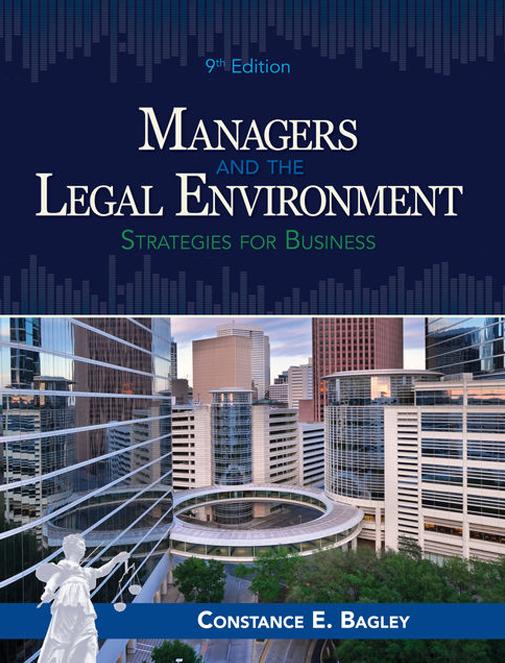Question
Littleville was a river town consisting of farmers, a few merchants supplying goods and services, a few churches, a police station, a courthouse, and a
Littleville was a river town consisting of farmers, a few merchants supplying goods and services, a few churches, a police station, a courthouse, and a community hall. All the people worked hard to earn money, but the money in the town simply circulated among the townspeople, with the merchants and city workers buying food from the farmers, the farmers buying goods and services from the merchants, and the farmers and merchants paying taxes, which paid the city workers. The town was poor, with little prospect for growth.
The city also had a sewage service. Each house had a sewer pipe that joined a larger pipe under the street. Each of the street pipes was connected to an even larger pipe that carried the waste to the river. And that was the end of the line. The waste dumped directly into the river.
Over time, the river became more and more polluted. Several town members, sickened by the foul river, urged Littleville leaders to build a sewage treatment facility, but the leaders said they would not spend the town's limited money on sewage; there were more important services to provide, like twice-weekly trash collection. After all, it was a very poor town.
- What was the problem in Littleville?
- What action did the town leaders take to solve the problem?
- What was the cost of the action?
- What was the benefit of the action?
- Describe any unintended consequences resulting from the action.
- In this case, were the unintended consequences costs, benefits, or both?
Create a diagram (fishbone or other) to determine the causes of the problem and contributing factors.
Managerial Economics Matrix-Analytical Lens: Public Economics Application BSA551: Managerial Economics Version 2 September 2022 Complete the matrix by responding to the case analysis questions. Managerial Economic Principles - Course Modules Example Case Analysis Discussion Questions Student Analysis Unit 1: Conduct Cost Benefit AnalysisRemember the Business Operating Rule: MC=MR What are example costs of the town? Provide specific examples. What are example revenues of the town? Provide specific examples. What are example potential benefits of the town? Provide specific examples
Unit 2: Consider Opportunity Costs What are example trade-offs on the town? Provide specific examples.
Unit 3: Analyze Total Economic Costs, Not only Accounting Costs What are example economic costs of the town? Provide specific examples. What are example accounting costs of the town? Provide specific examples.
Unit 4: Apply Economic Theory of Unintended Consequences Explain/describe some unintended consequences of the town. Provide specific examples
. Unit 5: Find Your Comparative Advantage Make a discussion on what was the town's comparative advantage? Provide specific examples. Unit 6: Remember Economic
Theory vs. Economic Practice Consider examples of economic theory diverge from economic practice. Provide specific examples.
Unit 7: Diversify Business Strategies to Minimize Risks: Balanced Approach Explain/describe sharing of costs (balanced approach) to solve the town's problem. Provide specific examples.
Unit 8: Engage in Critical Economic Thinking: Always Have Evidence/Data to Support Decision Making What data, evidence would the town need to support decision- making process? Provide specific examples.
Mankiw, N.G. (2021). Principles of Microeconomics: A guided tour. (9th ed.). Cengage Learning.
Step by Step Solution
There are 3 Steps involved in it
Step: 1

Get Instant Access to Expert-Tailored Solutions
See step-by-step solutions with expert insights and AI powered tools for academic success
Step: 2

Step: 3

Ace Your Homework with AI
Get the answers you need in no time with our AI-driven, step-by-step assistance
Get Started


